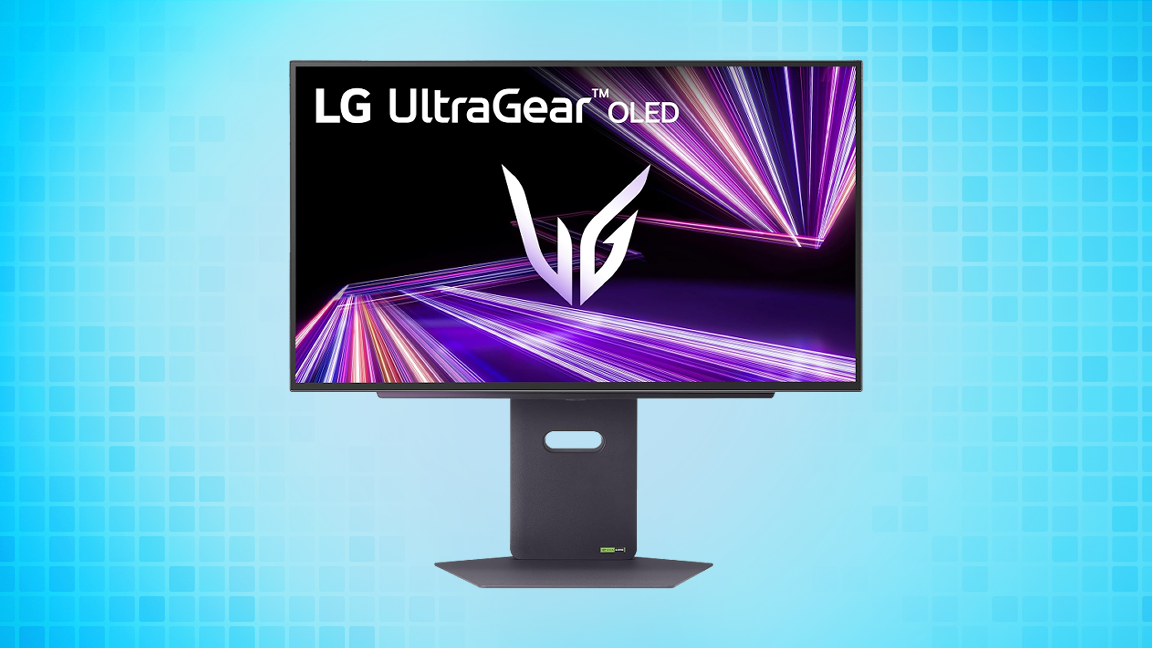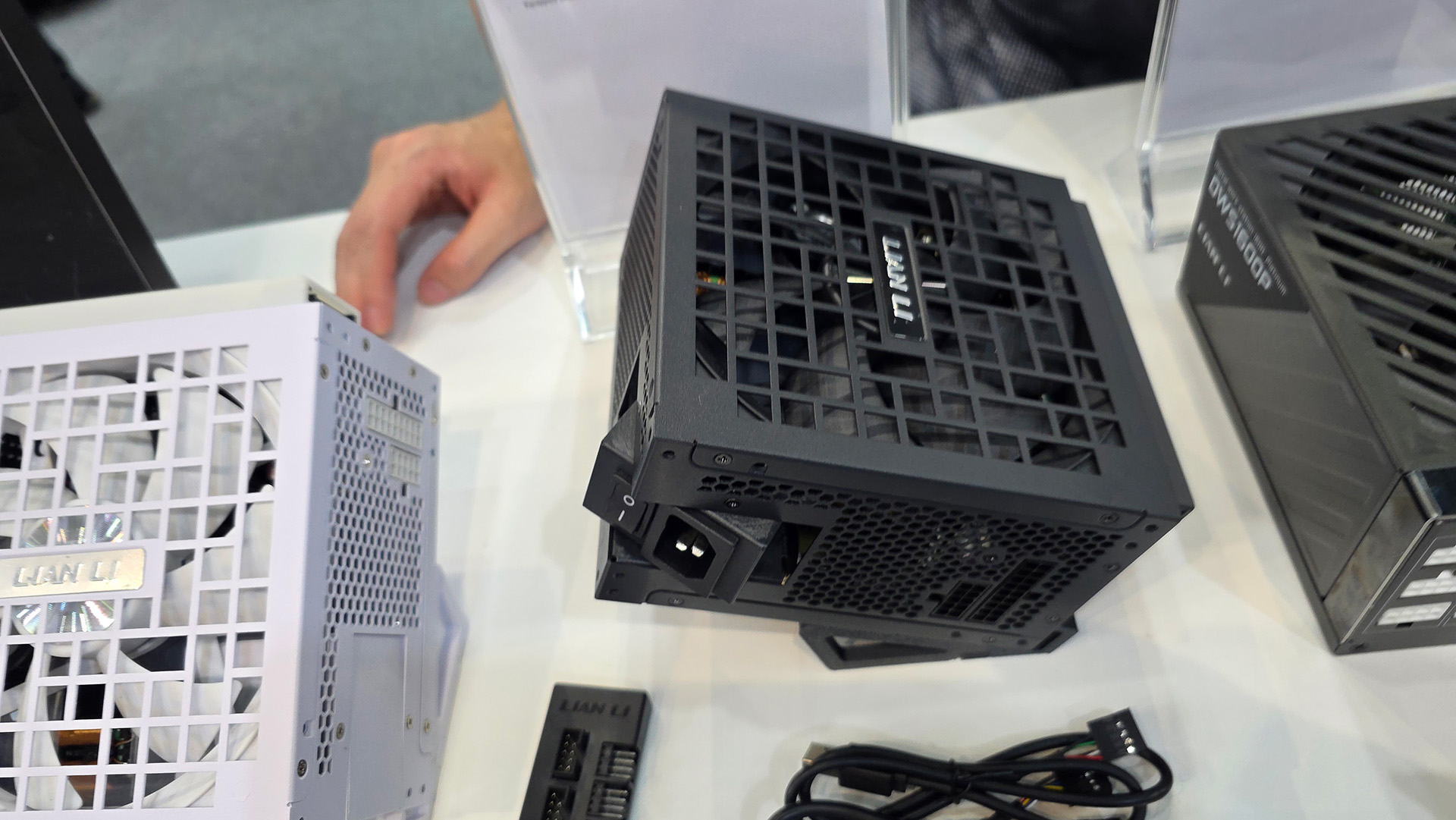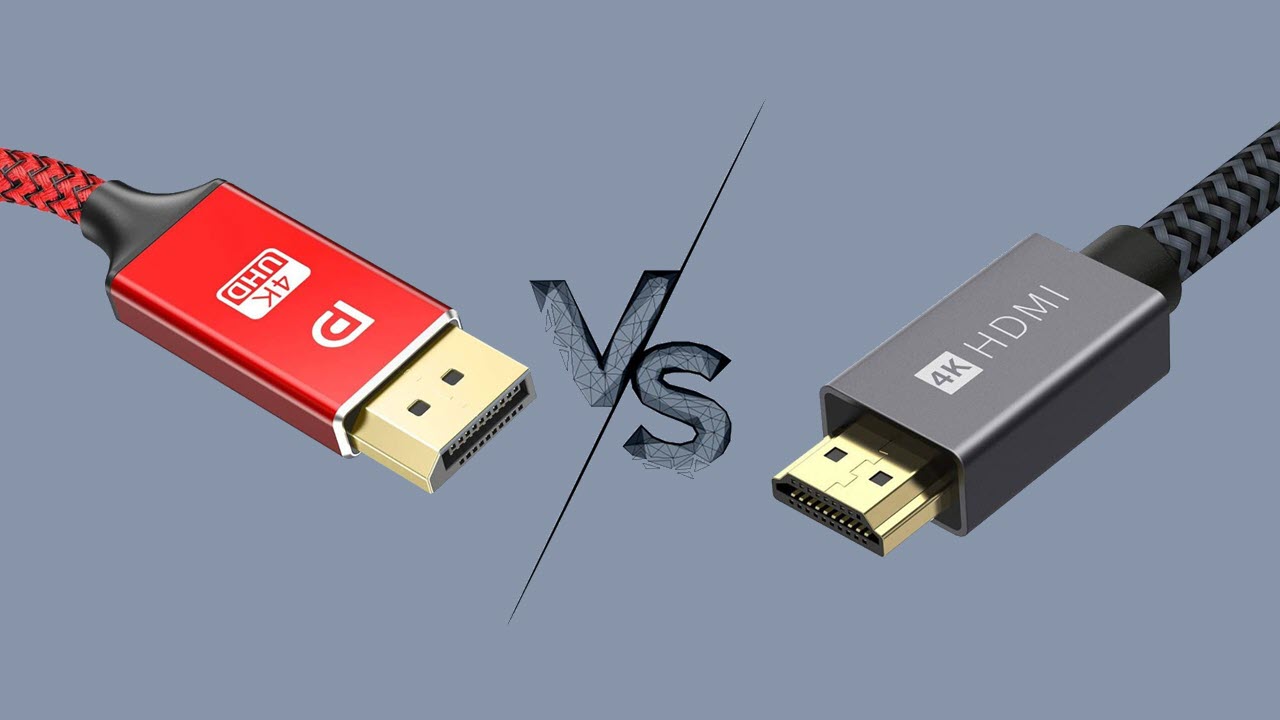“The Future of Gaming: Unleashing the Power of HDMI with More Players and Choices”
In the world of gaming, the phrase “the more, the merrier” has never been truer. With the rise of next-gen consoles and the latest advancements in technology, gamers are no longer limited to solo experiences. The ability to connect multiple players, choose from a vast array of gaming modes, and enjoy seamless visuals has become the holy grail of gaming. And at the heart of it all is the HDMI technology, which has been quietly revolutionizing the gaming landscape.

Emerging Trends and Technologies in HDMI Gaming

HDMI gaming has witnessed significant advancements in recent years, transforming the gaming experience for players worldwide. The increasing adoption of HDMI-enabled HDTVs has led to the development of innovative features that cater to the growing demands of gamers. At Gamestanza, we delve into the emerging trends and technologies that are revolutionizing HDMI gaming.
One of the most significant advancements in HDMI gaming is the integration of Variable Refresh Rate (VRR) technology. VRR enables a gaming source, such as a console or computer, to deliver frames as fast as it can, which in many cases is slower than the normal static refresh rate. This technology reduces or eliminates lag, judder, and frame tearing, resulting in a more fluid and detailed gameplay.
Another crucial feature in HDMI gaming is the Auto Low Latency Mode (ALLM). ALLM enables the gaming source to automatically detect when a game is being played and adjust the latency accordingly. This results in a more responsive and immersive gaming experience.
Quick Frame Transport (QFT) is another essential feature in HDMI gaming. QFT reduces the latency between the gaming source and the display, enabling faster frame rates and a more responsive gaming experience.

The Role of HDMI Gaming Features in the Evolution of Gaming
The evolution of gaming has been significantly influenced by the advancements in HDMI technology. The integration of HDMI gaming features has enabled gamers to experience a more immersive and responsive experience.
One of the primary benefits of HDMI gaming features is the reduction of lag and latency. The integration of VRR, ALLM, and QFT has resulted in a more fluid and detailed gameplay experience. Gamers can now enjoy a more responsive and immersive gaming experience, which is essential for competitive gaming.
The adoption of HDMI gaming features has also led to the development of more sophisticated gaming hardware and software. Game developers can now create more complex and visually appealing games, which can be played on a wide range of devices, including HDTVs and gaming monitors.

What to Expect from Future Gaming Hardware and Software
The future of gaming hardware and software is expected to be shaped by the emerging trends and technologies in HDMI gaming. At Gamestanza, we anticipate significant advancements in HDMI gaming features, which will revolutionize the gaming experience.
One of the primary expectations from future gaming hardware and software is the integration of more advanced HDMI gaming features. The development of more sophisticated gaming experiences will be driven by the adoption of emerging technologies such as Artificial Intelligence (AI) and Virtual Reality (VR).
The adoption of AI and VR technologies is expected to lead to the development of more immersive and responsive gaming experiences. Gamers will be able to experience games in a more interactive and engaging manner, which will be driven by the advancements in HDMI gaming features.

Practical Tips for Gamers
At Gamestanza, we understand that setting up and optimizing HDMI gaming features can be a daunting task. Therefore, we have compiled a list of practical tips for setting up and optimizing HDMI gaming features on their HDTVs or monitors.
Setting Up and Optimizing HDMI Gaming Features
To set up and optimize HDMI gaming features, gamers need to ensure that their HDTVs or monitors are compatible with the gaming source. They should also ensure that the correct HDMI cable is used, which supports the maximum bandwidth and feature set of their gaming setup.
Choosing the Right HDMI Cable for Your Gaming Setup
Choosing the right HDMI cable for your gaming setup is crucial for ensuring that the maximum bandwidth and feature set of your gaming setup are supported. At Gamestanza, we recommend using an Ultra High-Speed HDMI Cable, which supports up to 48 Gbps bandwidth and is backward compatible with previous HDMI versions.
Common Issues and Troubleshooting for HDMI Gaming Features
At Gamestanza, we understand that common issues may arise when setting up and optimizing HDMI gaming features. Therefore, we have compiled a list of common issues and troubleshooting tips to help gamers overcome these challenges.
HDMI Gaming Features in Portable Consoles
Portable gaming consoles have witnessed significant advancements in recent years, driven by the adoption of HDMI technology. The integration of HDMI technology in portable consoles has enabled gamers to experience a more immersive and responsive gaming experience on the go.
The Nintendo Switch 2 and Ultra High-Speed HDMI Cable
The Nintendo Switch 2 is bundled with an Ultra High-Speed HDMI Cable, enabling gamers to connect their console to an HDTV, including those with 4K resolution. The Ultra High-Speed HDMI Cable enables the Switch 2 to deliver high-quality graphics and a more immersive gaming experience.
The benefits of playing on an HDTV with the Switch 2 are numerous. Gamers can experience a more immersive and responsive gaming experience, driven by the high-quality graphics and fast frame rates. The Switch 2’s HDMI technology also enables gamers to play games on a larger screen, enhancing the overall gaming experience.
The implications for portable gaming on a larger scale are significant. The adoption of HDMI technology in portable consoles has enabled gamers to experience a more immersive and responsive gaming experience on the go.
Other Portable Consoles with HDMI Technology
In addition to the Nintendo Switch 2, other portable consoles, such as the PlayStation Vita and Nintendo 3DS, support HDMI output. These consoles enable gamers to connect their devices to an HDTV, enhancing the overall gaming experience.
The benefits of playing on an HDTV with these consoles are numerous. Gamers can experience a more immersive and responsive gaming experience, driven by the high-quality graphics and fast frame rates. The HDMI technology in these consoles also enables gamers to play games on a larger screen, enhancing the overall gaming experience.
The limitations of playing on an HDTV with these consoles are few. However, one significant limitation is the resolution, which may be lower than that of the HDTV. Gamers may experience a lower resolution, which may affect the overall gaming experience.
The Pros and Cons of HDMI Gaming on Portable Consoles
At Gamestanza, we understand that HDMI gaming on portable consoles has its advantages and disadvantages. Therefore, we have compiled a list of the pros and cons of HDMI gaming on portable consoles.
The Advantages of HDMI Gaming on Portable Consoles
The advantages of HDMI gaming on portable consoles are numerous. Gamers can experience a more immersive and responsive gaming experience, driven by the high-quality graphics and fast frame rates. The HDMI technology in these consoles also enables gamers to play games on a larger screen, enhancing the overall gaming experience.
The Disadvantages of HDMI Gaming on Portable Consoles
The disadvantages of HDMI gaming on portable consoles are few. However, one significant disadvantage is the limitation of the console’s resolution, which may be lower than that of the HDTV. Gamers may experience a lower resolution, which may affect the overall gaming experience.
Conclusion
Unlocking the Full Potential of HDMI Gaming: A New Era of Immersive Experiences
In our recent article, “More players. More choices. Unlocking HDMI gaming features – Tom’s Hardware,” we delved into the exciting world of HDMI gaming, exploring the latest developments and innovations that are redefining the gaming landscape. We highlighted the importance of HDMI 2.1, a significant upgrade to the traditional HDMI 2.0 standard, which offers faster transfer rates, higher resolutions, and enhanced gaming features. We also discussed the significance of Variable Refresh Rate (VRR), Auto Low Latency Mode (ALLM), and Enhanced Audio Return Channel (eARC), which enable seamless, high-quality gaming experiences.
The implications of these advancements are profound. They not only enhance the gaming experience but also open up new possibilities for gamers, content creators, and game developers. With the ability to play games at higher resolutions, faster refresh rates, and lower latency, gamers can immerse themselves in more realistic and engaging worlds. Moreover, the increased bandwidth enables the transmission of more complex audio and video signals, creating a more cinematic experience. As we move forward, we can expect even more innovative features and technologies to emerge, further blurring the lines between gaming and reality.
As we enter this new era of HDMI gaming, one thing is clear: the future of gaming is brighter than ever. With more players, more choices, and more immersive experiences on the horizon, gamers and game developers alike are poised to unlock the full potential of HDMI gaming. As we continue to push the boundaries of what is possible, one question remains: what’s next? Will we see the emergence of new display technologies, such as OLED or microLED? Will we witness the development of more advanced audio formats, such as spatial audio or 3D audio? The possibilities are endless, and we can’t wait to see what the future holds.